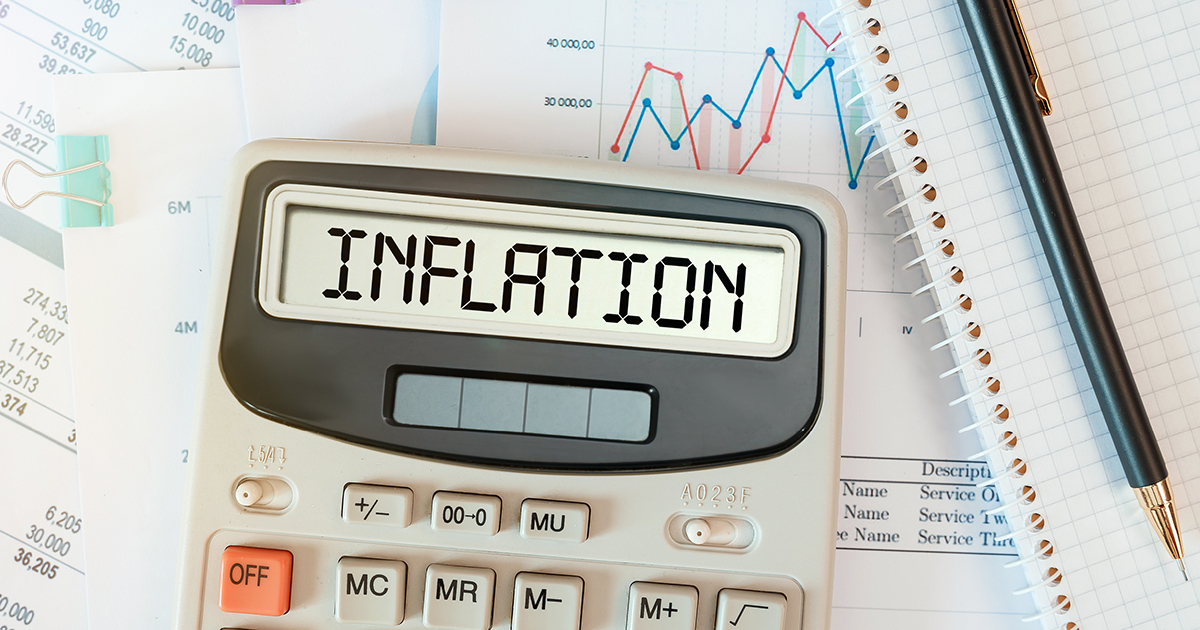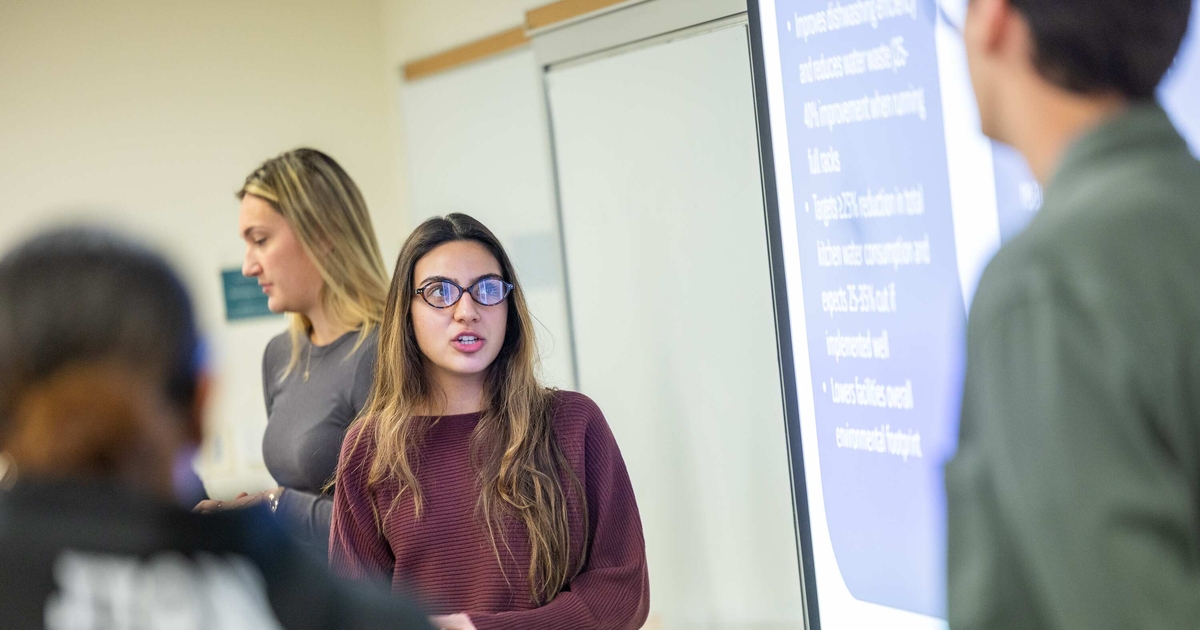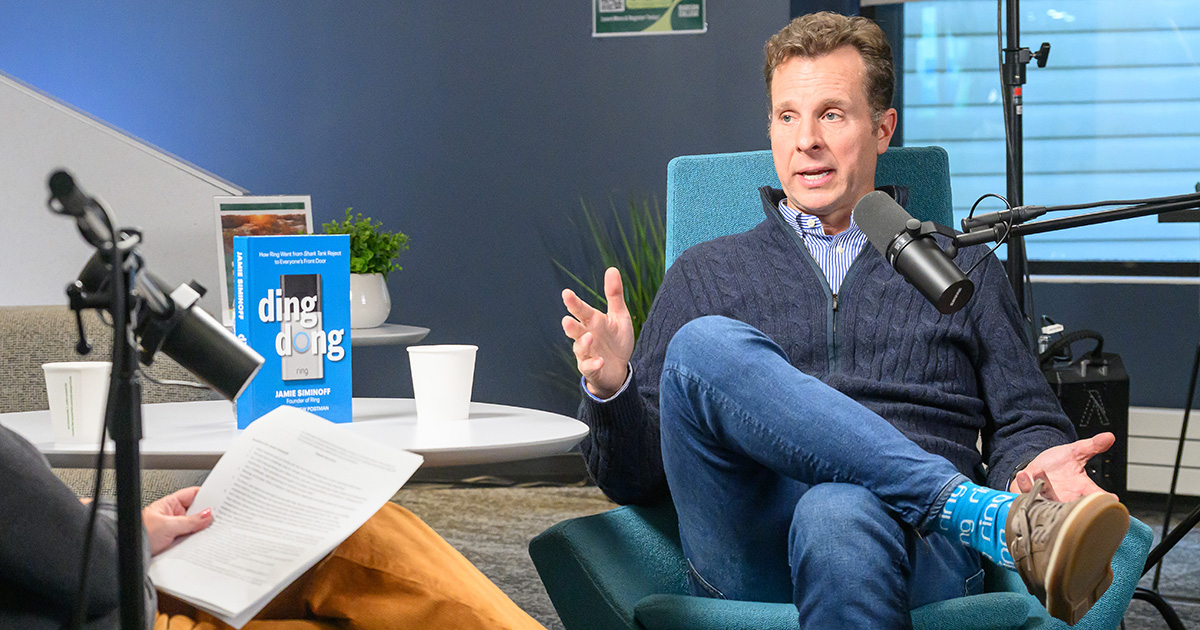What’s Causing Inflation, and When Will It End?

Nearly half of U.S. households report that inflation is causing them hardship, according to a new Gallup survey. With prices skyrocketing for essential items such as gas and food, inflation—which economists define as a general progressive increase in prices of goods and services—is accelerating and causing some to worry about whether it will reach 1970s proportions, complete with an oil crisis and double-digit price spikes.
The hardship is undeniable. In October, prices soared 6.2% year-over-year, the fastest annual rise in the Consumer Price Index in 30 years, according to the Bureau of Labor Statistics, accelerating fears and raising questions
Economists agree inflation is a real concern but disagree about its root causes and how long it will last. We asked two Babson College economists, both associate professors in the Economics Department, to weigh in: Josh Staveley-O’Carroll, who studies macroeconomics, money, and banking; and Joshua Stillwagon, who focuses primarily on international finance and financial economics, including the determinants of exchange rates, interest rates, and equity prices.
Some economists argue the rise in prices is “transitory” and due largely to factors related to the pandemic—where increased consumer demand is spiking prices—while others say it signals more persistent inflation. What do you think?

Josh Staveley-O’Carroll, associate professor of economics
Staveley-O’Carroll: “The rise we’re seeing is more ‘headline inflation’ and less core inflation (as measured by a rise in the cost of goods and services other than food and fuel). Fuel prices are high, but that’s usually seen as fairly transitory. What’s unusual about this inflationary period, as opposed to the inflation we saw in the 1970s, is the pandemic. People initially were saving money—they couldn’t eat out, they couldn’t go to the store—but now there’s more demand for more goods, and the supply chain can’t handle that.”
Stillwagon: “I agree with that for the most part. I would say that some of the inflation (gas prices, airline tickets) is simply a return to normalcy with people traveling again. But the big concern is that these effects will start to spill over to expected and broader inflation. In other words, we could see service providers and nondurable goods producers, who are not experiencing supply problems or excess demand, start to raise prices to offset increases in cost of living. This would generate sustained higher inflation that would be more painful to address.”
So, consumer expectations and behavior can play a role in inflation, including driving prices up further?
Staveley-O’Carroll: “Say you own a restaurant. If you see prices rising and you think it’s temporary, you might keep your prices low. But, if you expect prices to keep rising, you might price that into your costs. So, inflation becomes a self-reinforcing event.”
Stillwagon: “Right now, the largest outliers are really related to durable goods, the auto industry in particular, and unfortunately those supply chain issues are likely to persist well into next year. With food and fuel prices being higher, it could spill over into services, too. The surge in retirements and labor shortages are likely to contribute to broader inflation as well.”
What can be done to bring inflation down?

Joshua Stillwagon, associate professor of economics
Staveley-O’Carroll: “When there’s a period of inflation, people expect the Federal Reserve to act by raising interest rates, but a temporary bump in fuel prices doesn’t warrant that. Everyone is talking about how inflation is so high now, but we’re coming out of a 30-year period of unprecedented low inflation. The Federal Reserve wants a 2% average inflation rate, which means they want it higher now to balance out the previous period.”
Stillwagon: “Ensuring people expect an average of 2% inflation makes sense so interest rates aren’t very low prior to recessions, but in this economy with supply shortages, medium-term inflation expectations are already above target. To lower inflation, the Federal Reserve should reduce bond purchases more rapidly and raise interest rates over the next year. By taking their foot off the gas now, that will give markets time to anticipate they’re going to hit the brakes.”
President Joe Biden is taking a lot of heat for skyrocketing prices. What can a president do about inflation?
Staveley-O’Carroll: “The president doesn’t have much control over the economy, even though they get all the blame and all the credit.”
Stillwagon: “That is true, but reducing tariffs and actions to relieve port congestion can have an impact on the margin. Biden’s very recent announcement about releasing 50 million barrels from the strategic oil reserves could also be helpful, if not offset by OPEC, since gasoline has an outsized impact on inflation expectations (being a very visible price and frequent purchase).”
What is the outlook for inflation, and will it continue to affect U.S. politics?
Staveley-O’Connell: “As we continue to come out of the pandemic, inflation should go back down. The main question is whether inflation expectations will remain high after the initial causes have subsided. As Professor Stillwagon pointed out, inflation expectations tend to move with gas prices, which suggests they are not as anchored as many people may believe.”
Stillwagon: “Inflation should be coming down over the next year or two, and that is what financial markets are pricing in. By releasing oil barrels, the White House is sending a signal they’re willing to do something about inflation, and that might deter further oil speculation and keep inflation expectations from rising further. But high gas prices don’t usually bode well for whichever party is in power. By the time of the midterm elections, inflation will still be to the Democrats’ detriment.”
Posted in Insights





